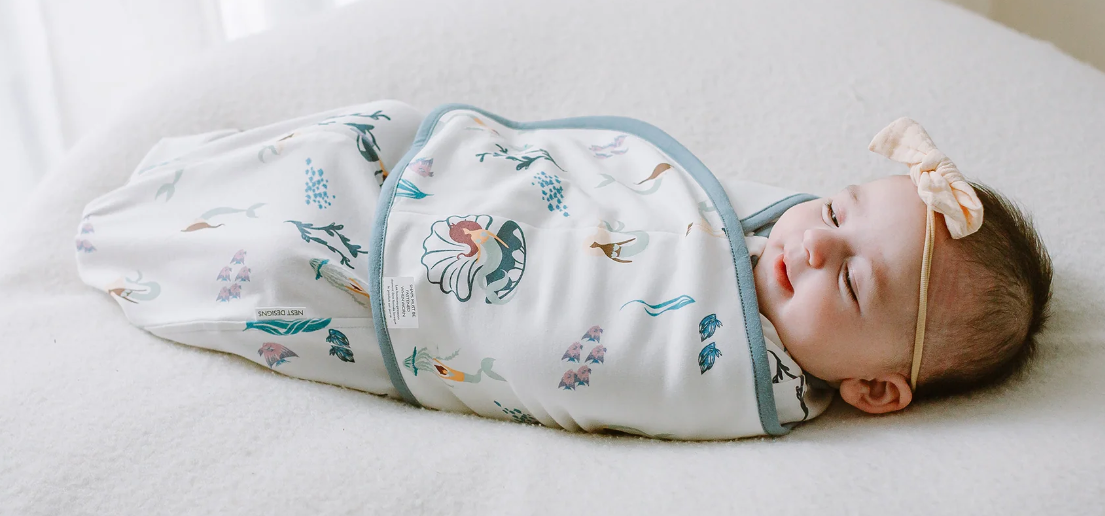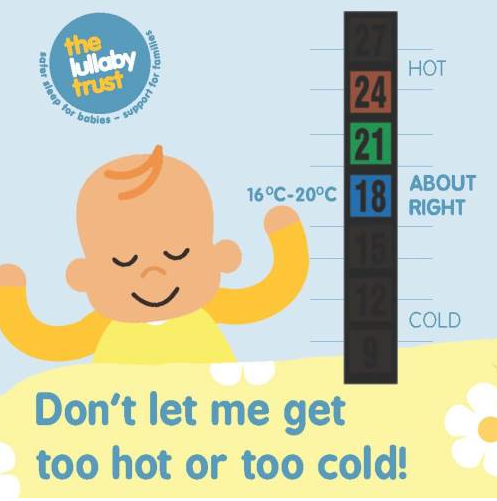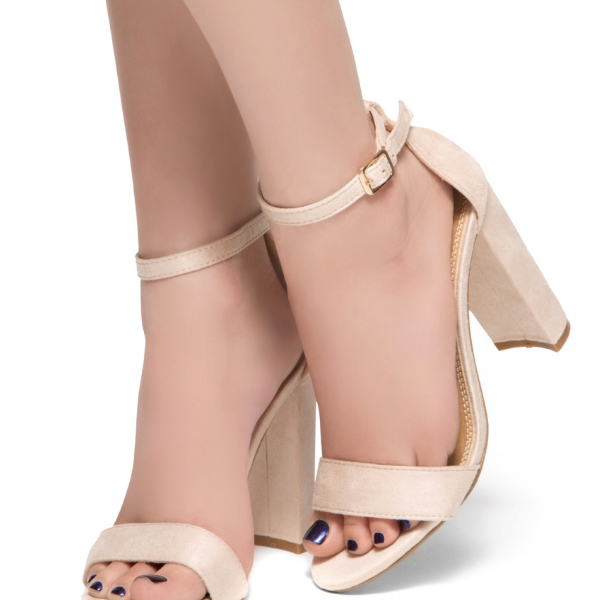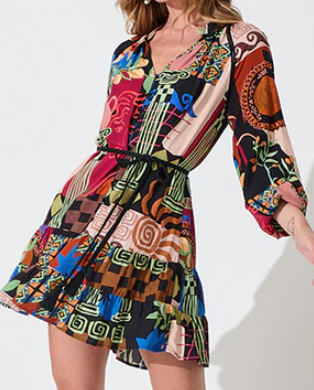Dressing your baby for sleep is more than just keeping them warm or stylish—it’s about ensuring they sleep safely and comfortably throughout the night. You want your precious little one to feel snug with the right amount of clothing for bedtime.
The attire newborns should wear to bed varies depending on factors like room temperature, the fabric of their sleeper, the TOG rating of any wearable blankets, and their normal body temperature. Striking the right balance among these factors promotes better and safer sleep for your little bundle of joy.
What is the appropriate attire for newborns at bedtime?
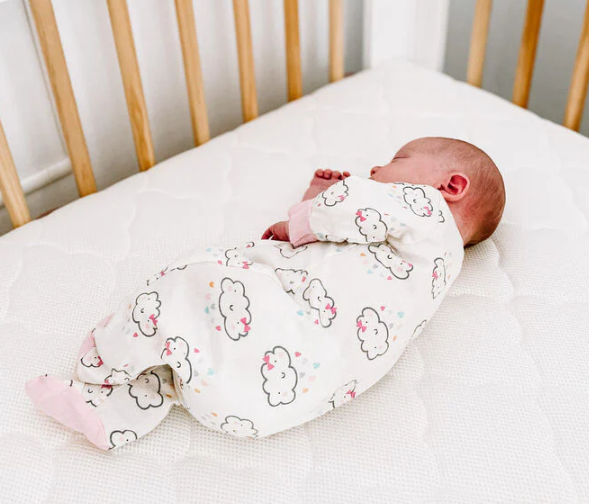
Dressing your newborn for sleep is as simple as selecting the right layers to ensure their comfort. When bedtime arrives, dress your little one in uncomplicated, well-fitted clothing, such as a sleeper. To determine if an outfit is suitable and safe for sleep, ensure it lacks features like straps, hoods, or other elements that could pose a risk to your precious baby.
Newborns should not use loose blankets in bed; instead, they should be dressed in thoughtful layers for warmth. As a general guideline, your baby should wear one more layer than you do at bedtime. Remember, breathable fabrics like cotton help keep your baby cool, while fabrics like fleece trap heat and can make them feel warmer.
For added coziness, you can swaddle your newborn in a swaddle blanket or use a sleep sack. These wearable blankets help maintain a comfortable temperature; select one with an appropriate TOG rating for the room temperature to prevent your baby from becoming too hot or too cold.
Is it safe for newborns to wear hats while sleeping?
Newborns should only wear cute hats or beanies while they are awake. These accessories help keep them warm during the day, and it might seem logical to use them at night as well. However, during the day, babies have attentive parents to ensure they do not overheat or accidentally cover their mouth or nose with a hat. Wearing a hat at night increases the risk of overheating and suffocation, so it’s important to always remove it before sleep.
Babies regulate their temperature through their heads because they have a lot of surface area for heat exchange. Depending on their needs, their bodies send more blood to their heads to help them stay warm or cool.
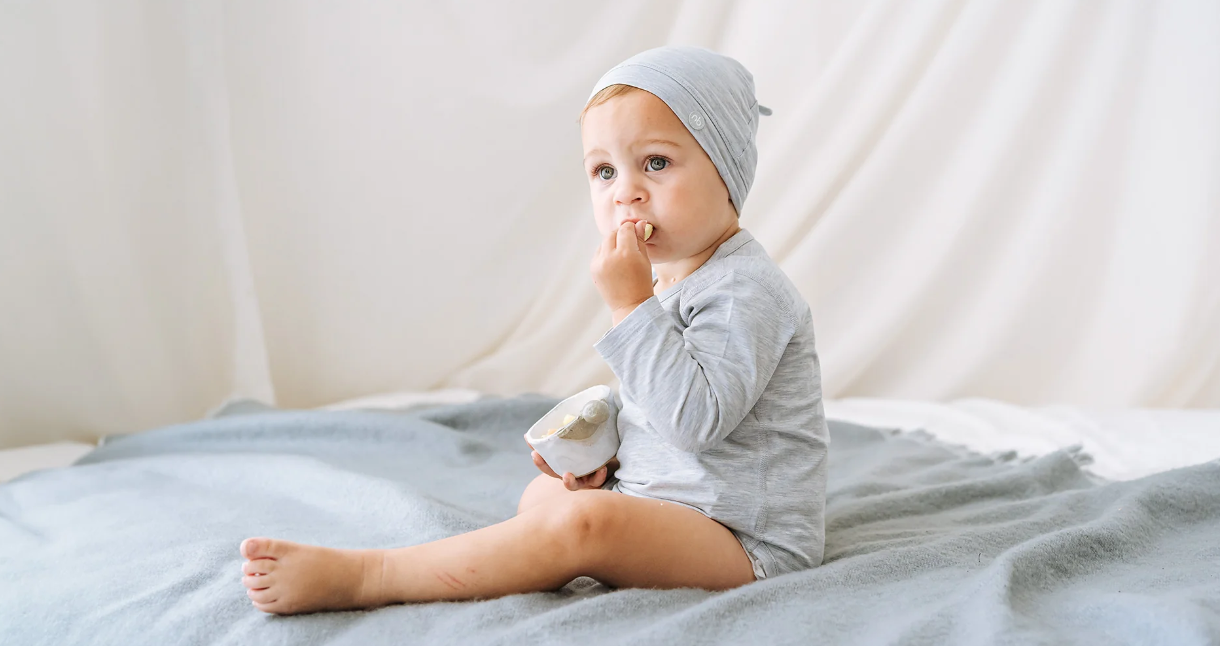
The ideal sleeping temperature for babies
For most babies, the optimal room temperature for sleep is between 20 and 22 degrees Celsius (68 to 72 degrees Fahrenheit). This range helps prevent overheating, reduces the risk of sudden infant death syndrome (SIDS), and promotes better sleep quality. However, every baby is unique, and some may sleep better in slightly warmer or cooler conditions. If your baby is too warm or too cold, they may show signs of discomfort such as crying, fussiness, or difficulty sleeping. It’s important to pay attention to cues like sweating or shivering to gauge their comfort level.
To ensure your baby is comfortable at bedtime, use a room thermometer to monitor the temperature and adjust the thermostat or your baby’s sleepwear as needed.
How can you tell if your baby is too warm during the night?
Here are some signs to help you determine if your baby is too warm at night:
- Feel the back of your baby’s neck or tummy. If they feel excessively warm or sweaty, they may be too hot. Avoid checking their fingers or feet, as their circulation may not be as effective as an adult’s, making these areas feel cooler.
- Look for signs like damp hair, flushed cheeks, or heat rash. Excessive heat can lead to sweaty hair, as well as redness or rashes on your baby’s skin, especially on their face, chest, or back.
- Observe their breathing. Rapid or shallow breathing could indicate that your baby is overheating.
- Notice changes in sleep patterns. If your baby is restless, fussy, or wakes frequently during the night, it might be due to feeling too warm.
- Pay attention to their behavior. Babies may become more fussy or cry more than usual when they’re too hot.
If you suspect that your baby is too warm, take immediate steps to help cool them down. Remove any excess layers of clothing or blankets, adjust the room temperature, and offer them milk or formula to keep them hydrated.
How can you tell if your baby is too cold during the night?
If your baby seems too cold at night, you can use similar methods as you do to check for overheating:
- Feel their chest or back. If these areas feel cold or cool, your baby likely needs more warmth.
- Check their extremities. Cold hands and feet may indicate that your baby needs additional warmth, but also check their chest and back (circulation in their fingers and toes may make them feel cool, but they could still be comfortable).
- Look at their color. If they appear paler at bedtime, it may be a sign that they’re too cold.
- Observe their sleep patterns. If your baby is restless, wakes frequently, has trouble settling, or seems overly sleepy, it could be due to feeling chilly.
- Notice changes in behavior. Being too cold may cause your baby to become fussy or irritable.
Remember that while you might feel comfortable in a room, your newborn isn’t able to regulate their temperature at this age. Determine what makes them most comfortable and dress them for bed accordingly.
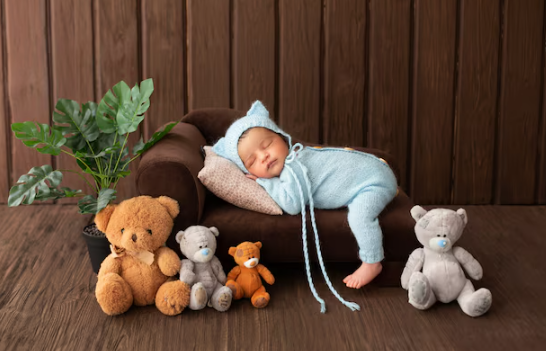
When your baby sleeps better, it brings peace of mind to you.
Getting your baby ready for bed doesn’t need to be complicated. By choosing safe and comfortable layers, you can prevent unnecessary wakeups and ensure your little one sleeps soundly through the night. Enjoy peaceful nights knowing your baby is dressed just right for bedtime.
Discover our range of sleepwear, sleep bags, and more to find high-quality products that promote healthier sleep for your baby.


